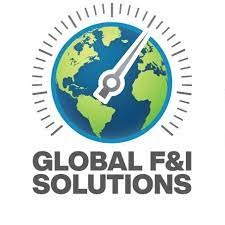
Stellantis Undergoes Significant Leadership Changes
In another notable shift, Stellantis Chief Financial Officer Doug Ostermann has announced his resignation, marking a critical juncture for the automaker. Ostermann, who took on the CFO role in October 2024, has resigned for personal reasons, creating an immediate vacancy that will be filled by Joao Laranjo. Laranjo, a seasoned veteran from Stellantis’ predecessor Fiat Chrysler Automobiles, rejoined the team this year as the North America finance chief and is viewed as a strong candidate to navigate the company through its current challenges.
Understanding the Context of Executive Changes
Ostermann's departure is not an isolated incident but part of a broader trend of restructuring at Stellantis. CEO Antonio Filosa has been proactive in reorganizing the top ranks since assuming his position in June. The shake-up comes on the heels of financial difficulties that resulted in a 13% decline in net revenue during the first half of 2025, largely attributed to tariff impacts and slumping sales in North America and Europe. These factors resonate deeply with car dealership owners who need to understand the financial health and stability of the manufacturers they partner with.
The Personal Side of Corporate Restructuring
While Laranjo is stepping into the CFO chair at a time of considerable tension, it is crucial to acknowledge Ostermann's personal reasons for leaving. Corporate restructurings often involve significant personal sacrifice and pressures for executives, and understanding these human elements can offer insights into the challenges faced within the upper echelons of management.
Opportunities for Understanding Tariff Impacts
The automotive market is grappling with complex tariff policies that have led to fluctuating costs and revenue streams. In his last earnings call, Ostermann noted a staggering €330 million in tariff expenses and anticipated total tariff costs reaching up to €1.5 billion by year-end. Understanding these economic dynamics is essential for automotive dealers, especially as they navigate pricing strategies and financial predictions for their businesses amidst this volatility.
Future Predictions and Market Dynamics
As Laranjo steps into his new role, the expectation is that he will utilize his experience to steer Stellantis toward recovery and growth. The market’s resilience is reflected in forecasts predicting a 6% increase in new vehicle sales in the U.S. for September 2025. Dealers should prepare themselves for a potentially strengthening market while remaining cognizant of ongoing economic uncertainties and how they influence consumer behavior, particularly regarding used car financing.
 Add Row
Add Row  Add
Add 




Write A Comment